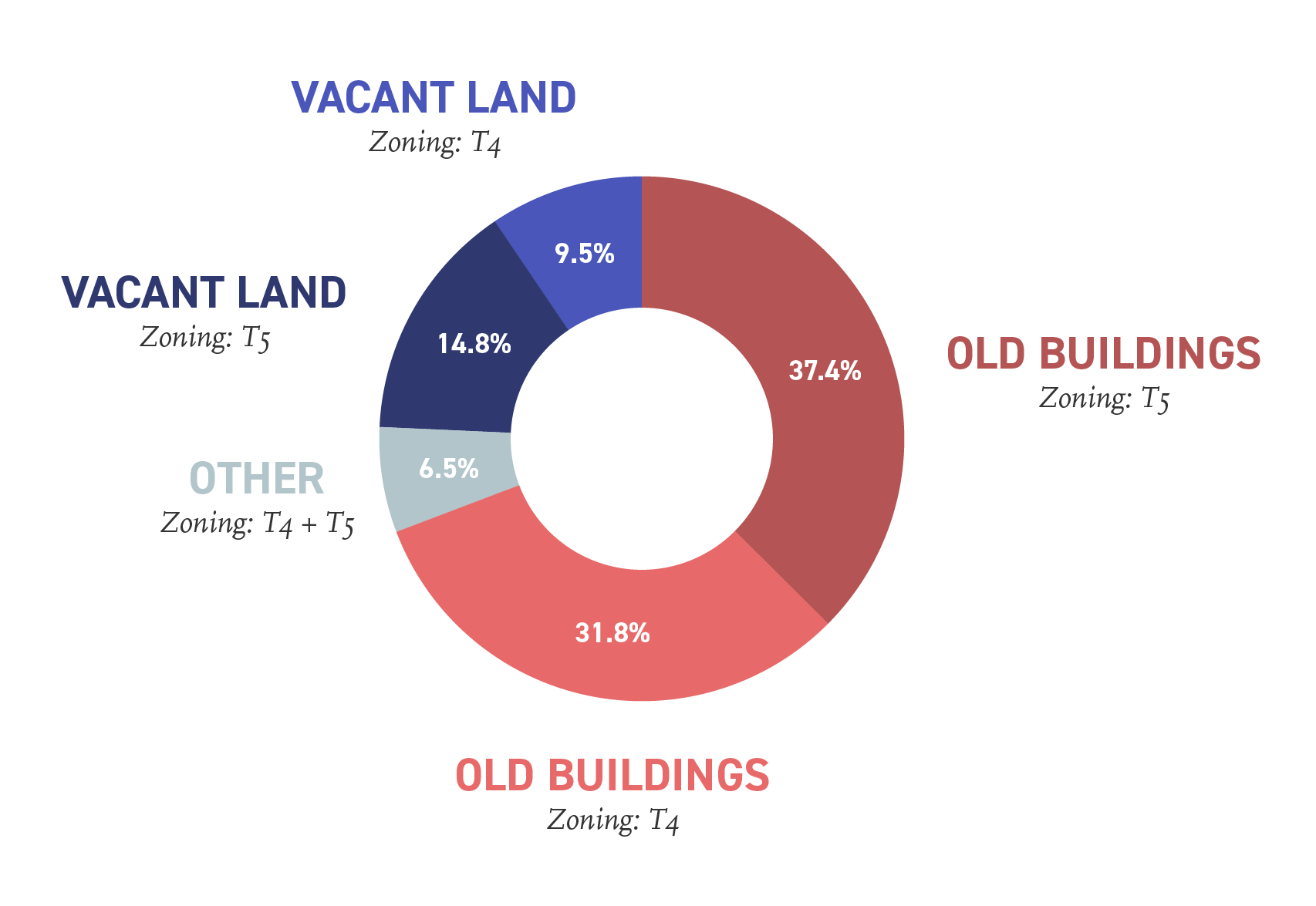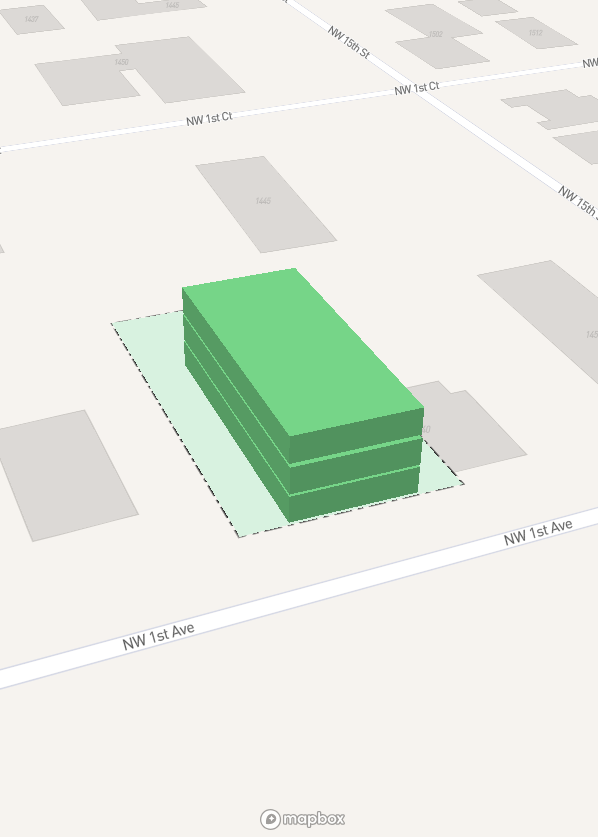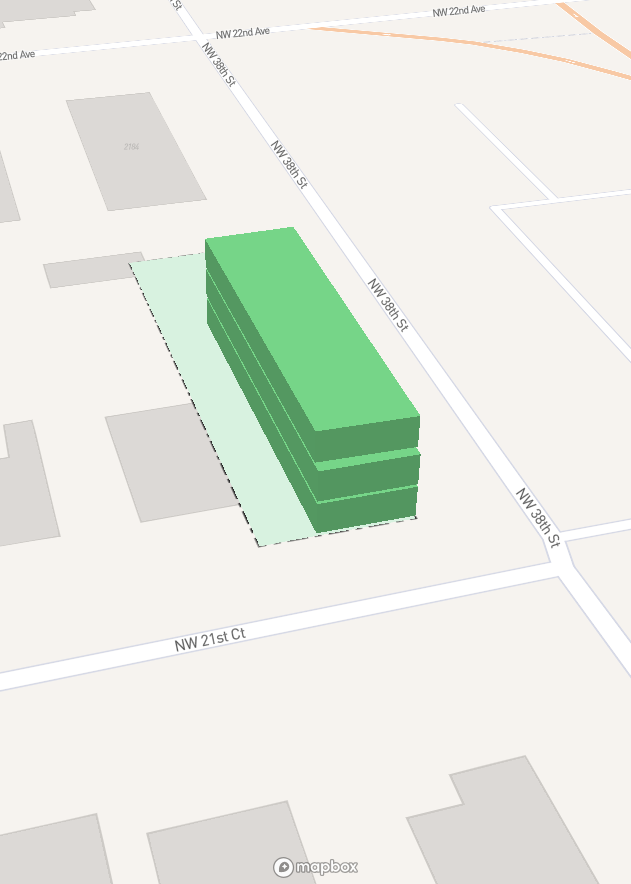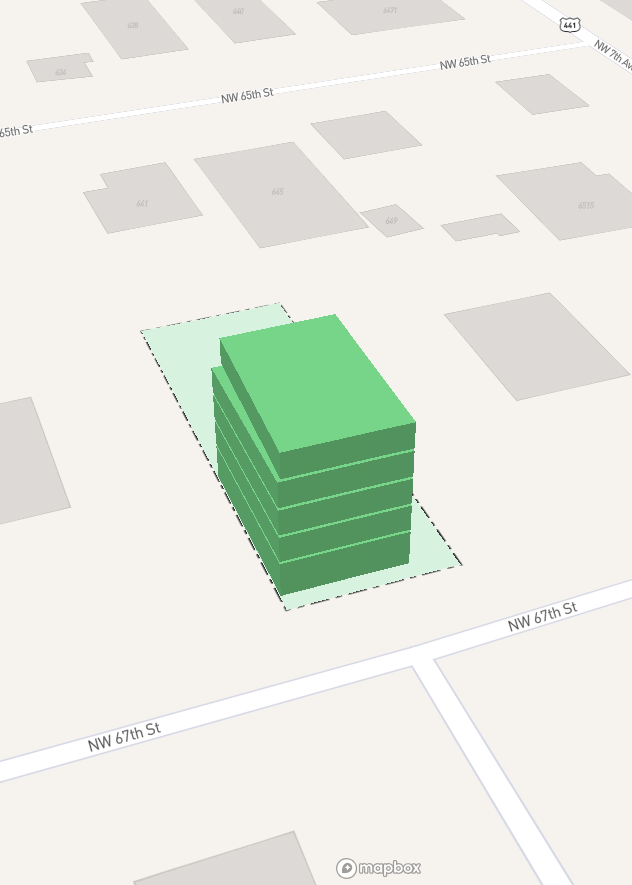The latest Opportunity Zone news has single family home parcels seeing a 25% increase in pricing, potential affordable housing opportunities, and different types of large-scale multifamily plays. After assessing the Opportunity Zones on a per-parcel basis during the past few weeks, let’s dive deeper and see how the restrictions of the zoning code allow for interesting small development scenarios.
Miami21 has a zoning regulation for T4 and T5 parcels that unlock a potentially significant value-add for ‘small’ multifamily micro-unit developments within Opportunity Zones: it eliminates parking requirements for any building under 10,000 SF. If we combine that with the financial incentive of Opportunity Zones, we could potentially identify some value-add propositions for very specific client types.
Over the past three weeks, we studied vacant land, old buildings and residential density increase parcels within Opportunity Zones. This week, I’ve uncovered all the T4 and T5 parcels that qualify for a reduction in parking requirements. In total, there are 4,002 parcels that are either T4 or T5 within the Opportunity Zones. Of these, 1,688 are T4’s, and 2,314 are T5’s.
The data below displays all the parcels that are in T4 and T5 zoning as a percentage based on the land type:
Parcels in City of Miami’s Opportunity Zones that are in either T4 or T5 districts, and are either vacant or contain structures built before 1970.
These zoning code types give us a reasonable total gross buildable to stay under the 10,000 SF maximum allowed, with approximately 13% qualifying (2,881 parcels) for staying under the square footage limit.
Also, instead of the more common studio or one-bedroom unit type, I’ve modeled micro-units to maximize the total gross buildable area of these parcels. Micro-units allow us to reduce the unit per square foot ratio, increasing density, allowing for more units and increased income potential. Combined with eliminating parking cost, we can raise our ROC% considerably.
Here are a few scenarios I built using the criteria above with Deepblocks BETA software:
(T4 - 3 stories max / T5 - 5 stories max)
SMALL A
Total Buildable:
9,975 SF
Zoning Type:
T-4
Return on Cost:
12.98%
Land Type:
Vacant
Total Units:
23
NOI:
$179,400
Download PDF
SMALL B
Total Buildable:
9,975 SF
Zoning Type:
T-5
Return on Cost:
10.62%
Land Type:
Old building
Total Units:
20
NOI:
$144,600
Download PDF
SMALL C
Total Buildable:
9,631 SF
Zoning Type:
T-5
Return on Cost:
11.61%
Land Type:
Vacant
Total Units:
23
NOI:
$170,430
Download PDF
Happy to share the same report, in any city, with anyone interested.









